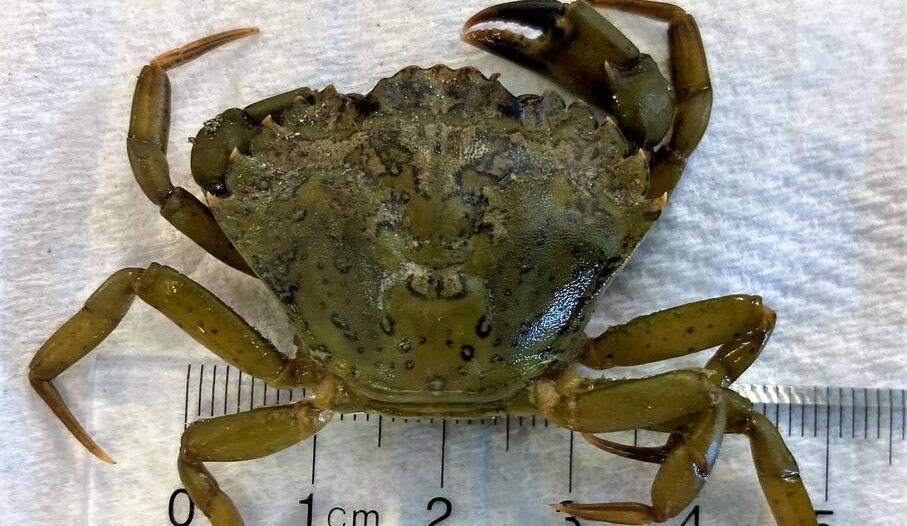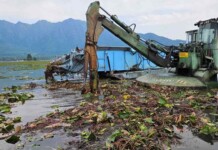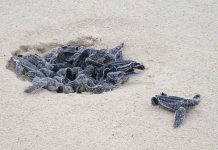
From California comes the story of native species defending our shores from pillaging green crabs introduced from Europe.
Destroying native crab hatcheries, hunting juvenile salmon, and leveling eelgrass beds, this clawed cancer has met its match in the southern sea otter.
At Elkhorn Slough National Estuarine Research Reserve, a newly invigorated population of otters has shocked scientists by sparing this sensitive ecosystem almost entirely from the crabs’ destruction.
The green crab is one of the most destructive invasive species in US marine territory. They were first introduced to North America in the 1800s, likely hitching a ride in the ballast water of merchant ships from Europe.
Over 1 million green crabs have been caught by Washington wildlife managers following a 2022 emergency order by the state Governor, costing the state $12 million. In California, researchers from the University of California Davis spent years trying to remove them from Stinson Beach’s Seadrift Lagoon, only to see them return. In Oregon, crabbers are encouraged to try and catch at least 35 per trip.
Elkhorn Slough has been occupied by green crabs since the year 2000, but over time, managers noticed something extraordinary. Their numbers were diminishing without any human influence.
Southern sea otters were nearly hunted to extinction in the 19th century for their furs, only gaining a measure of protection in 1913 before an eventual 1977 entry on the Endangered Species List. Lacking the blubber layer of other marine mammals, sea otters need to eat tremendous amounts of calories to stay warm, a voracious appetite which, as it turned out, they trained on the green crabs.
Elkhorn Slough estuary is the only one of its kind in California to have been repopulated by otters. 120 can be found there.
DEFEATING INVADERS: Invasive ‘Murder Hornets’ Are Wiped Out in the US, Using Transmitters That Led Back to the Nests
“The otters eating the crabs benefited the eelgrass, which contributed to better water quality” which helped the otters, said Rikke Jeppesen, an estuarine ecologist with the Elkhorn Slough National Estuarine Research Reserve who was the lead author of a paper published December 10th about the otters and their effects on the ecosystem.
“When the otter population was the lowest back in 2003-2004, we thought the green crabs were going to take over Elkhorn Slough,” she told USA Today. “And then they didn’t. And for that we thank the otters.”
ANOTHER WAY OF DEALING WITH INVASIVES: The Perfect Answer for Berlin’s Invasive Species Problem – Make Them Into Delicious Cuisine
Jeppesen said that she and her colleagues used to be able to catch 100 green crabs in a single trap, whereas today they may not even get 5.
Repopulation of the southern sea otter has been gradual, and despite Elkhorn Slough being the only estuary where they live at maximum capacity, around 3,000 inhabit United States waters. Their recovery should hopefully reverse the decades of destruction wrought by the crabs, and prevent them from recolonizing areas they once conquered.
CELEBRATE These Otters’ Successful Campaign Against The Green Crabs…
Editor’s Note: A previous version of this story described Elkhorn Slough as being located in the Southern United States. This has been corrected.



















